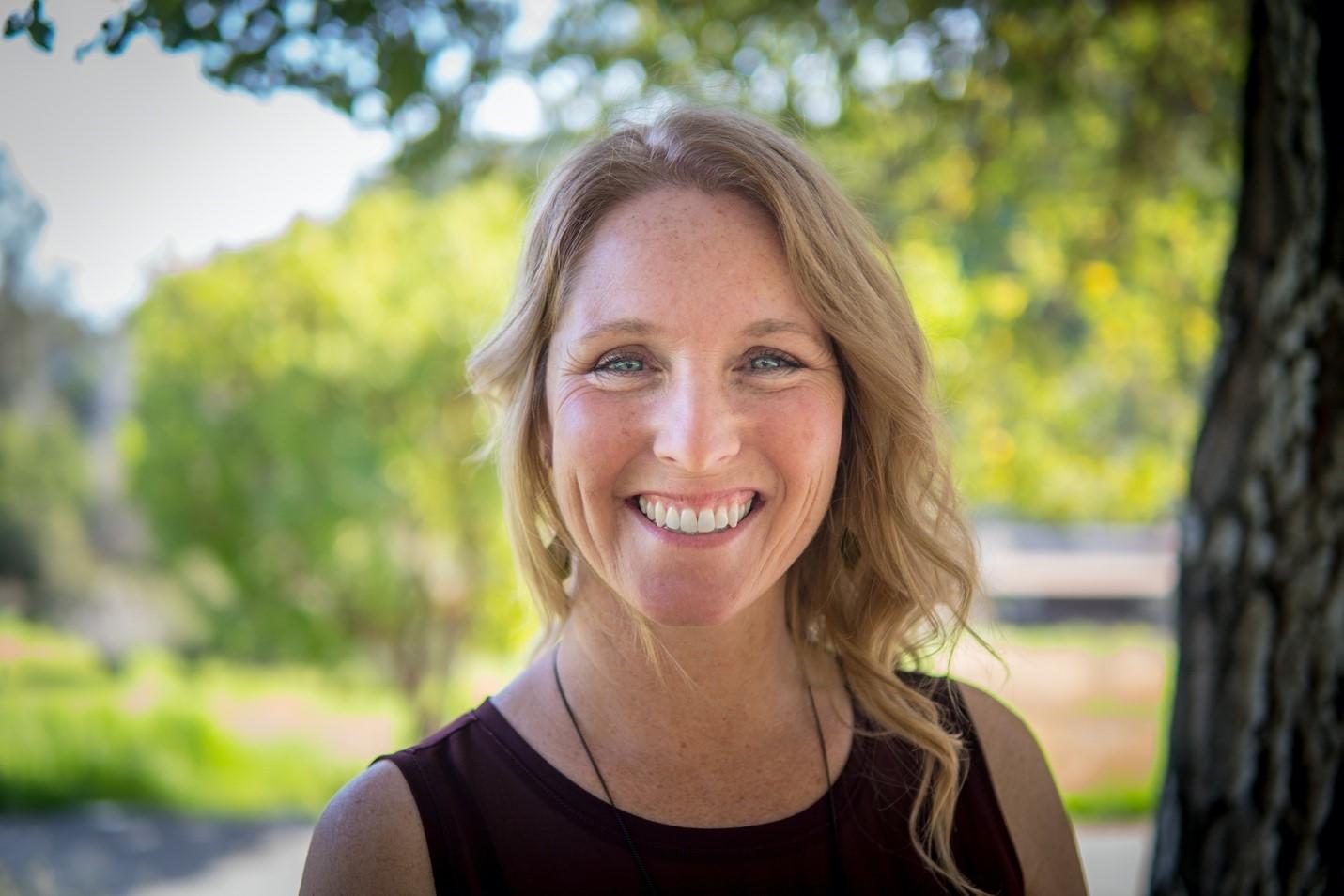Article contributed by Kathleen Lockyer, occupational therapist and founder of RxOutside, as part of Audubon California's "Bridge to Nature" series.
“Would you like to hear my story?” My little friend asks. I nod and she begins, reading in a tone that is more oracle than five year old:
“Once upon a time, there are birds.”
My mouth falls open.
She continues,
“Once upon a time, there are trees.”
I choke back tears.
“Once upon a time there are flowers.”
My eyes meet with her mothers’ and I study the electricity in this child’s smile. There is an aliveness in her. She beams at me while I think about other children I know and work with.
A recent experience with Peter, a seven-year-old boy, comes to mind. During a therapeutic session where I am helping him develop his ability to follow directions he states,
“There are no birds, and anyways, birds don’t matter.”
“Well they matter to me.” I say and wait to see if he will say more. He doesn’t.
My young oracle is still beaming at me as she ends today’s story with a final:
“And once upon a time there are birds in trees!”
“I didn’t know that you write such important stories!” I say. Her back straightens and she sticks her chest out, puffing it up the way a songbird does before she sings.
Why is this little girl so different from Peter? How could one child hear and see birds while another says, “There are none?” Why does it matter so much to me?
The next time I see Peter he asks me, “Why do you like birds?”
“They help my ears learn how to listen.”
“My ears have a hard time listening.” He confides, with eyes looking down.
“Maybe the birds can help?” I whisper.
Now my little friend repeats to other adults in the room, “Would you like to hear my story?”
I wonder if the other adults hear her story or see its importance the way I do; A voice full of trust in nature, and a developing neurological system originally patterned on birds, trees and flowers. I think about the epidemic of attentional challenges kids are suffering from and how much they are tuning out, just to try to tune in. My little storytelling friend has become a rarity while Peter is the norm. When a child’s brain doesn’t know what to listen to, they listen to everything or nothing at all. Tuning out first the birds and sounds of nature, then each other and the rest of their environment.
The young girl’s mother interrupts my thought:
“I was going to correct her, tell her it should read, Once upon a time there were birds, and then I thought about it and realized, no, she’s right.
“Yes, I agree, she’s got it right, there ARE birds.”
This kiddo hasn’t yet tuned herself away from nature, there ARE birds, and she is in relationship with them. “Would you like to hear my story?” Also means Is this important? Should I care?
Once upon a time children grew with the sound of birds. The same sounds that have been there all along as our ancestors developed and fine-tuned the ability to discern nuances of all that makes sound meaningful and useful; frequency, amplitude, rhythm, localization. Paying attention and following instructions is only possible through active development of these abilities. The voices of birds are familiar patterns to our ancient processing systems and are a standing invitation for children to tune into a choir of possibility.
Once upon a time there ARE birds. Right now, in this moment people can learn to hear them again. Kids can hear them again.
“Hey Kathleen! Guess what?! I saw a bird!” Peter began our next conversation with an exuberance I hadn’t seen before. “Right in my yard!”
Pretty soon Peter will be seeing and hearing much more than just a bird. We have reoriented his listening system to the sounds of nature, and his mom reports that his attention is improved, he is following directions better. In our last conversation Peter offered, “Hey, Kathleen, actually you know, I think maybe I kinda like birds now.”
Try this:
Next time you are with a child, stop and say out loud,
“Where is the nearest bird?”
Ask this question at least once, three consecutive days in a row.
What happens on the fourth day?
***
About Kathleen Lockyer

Kathleen Lockyer is an occupational therapist, founder of RxOutside, and co-founder of Outside Now 501c3 (2003). Kathleen has been called a primary instigator of change, but her favorite nicknames are “Mama K” and “Auntie K.” Kathleen has raised two phenomenal daughters, each forging their own educational and learning pathways. She reports that she has fallen in love with more kids and families than she can count!
Kathleen has spent the last 25 years as an “outside the box” occupational therapist, creating the Nature-Led Approach. This approach marries science, nature connection, and human development in a way that lessens overwhelm and helps the future look a lot brighter.
Most of Kathleen’s time is now spent raising awareness about the epidemic of developmental challenges kids face, and how disconnection from nature has negatively impacted developmental potentials. Kathleen offers training, educational workshops, speaking and consulting services consults for public and private schools, outdoor programs, organizations and she works privately with families. Kathleen is currently working on her first book.




